Christian Bolt won't stop until he can revive the Renaissance sculpture technique of terra secca
At his studio fringed by the mountains of Klosters, Swiss sculptor Christian Bolt is feverishly cooking up recipes to re-create terra secca, a material used in Renaissance Italy, not only to expand his own artistic horizons, but to help save the planet.
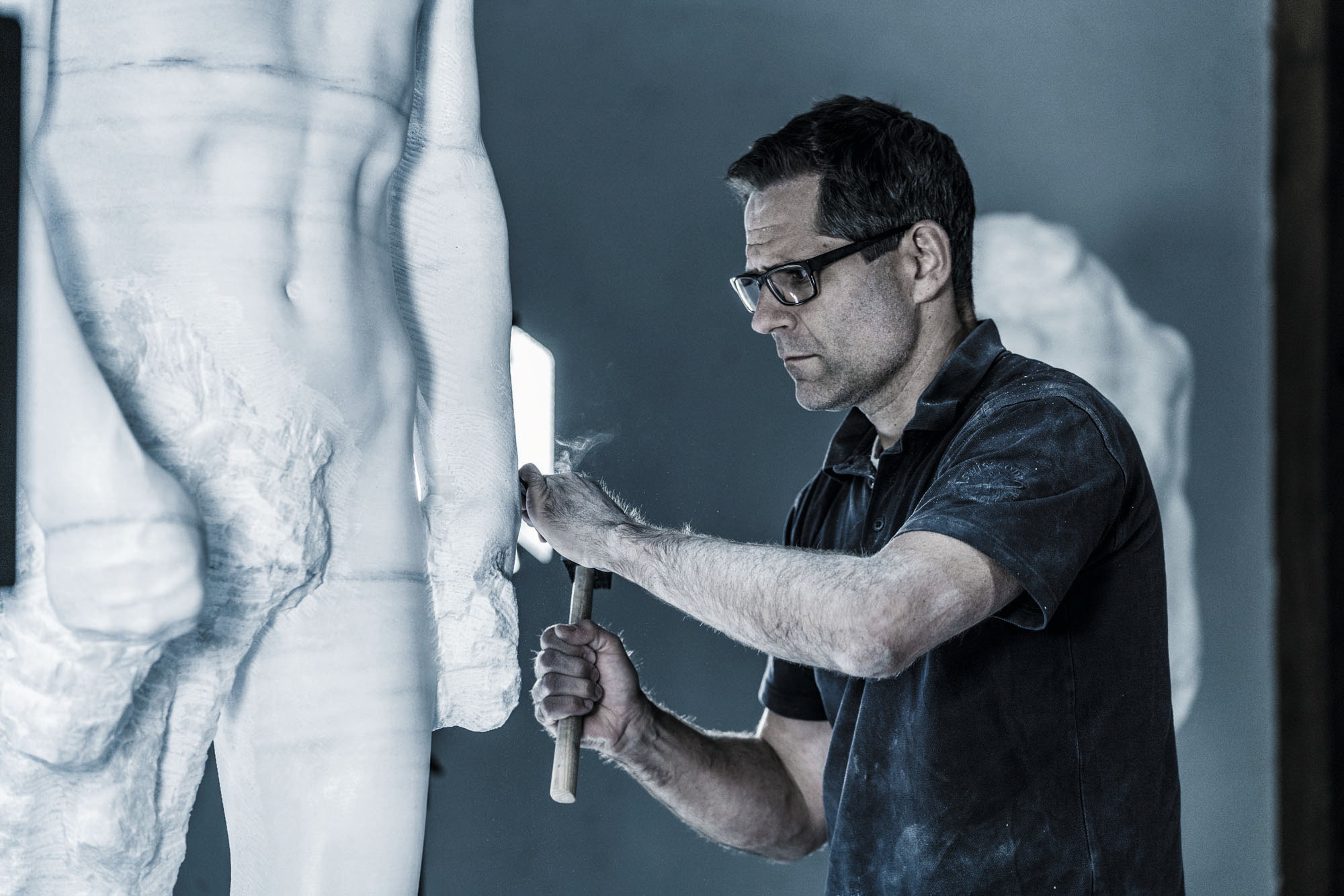

A torso by Michelangelo baffled Swiss sculptor Christian Bolt. He had stumbled upon it at the Accademia delle Arti del Disegno in Florence, Italy, where he is a professor. The institution, which protects the cultural inheritance of the Italian Renaissance, was looking after the maquette for an aristocratic Florentine family and Christian was mesmerised by the material of which it was made.
‘This was not terracotta, marble or bronze — this was something beyond,’ he recalls. That’s how he discovered terra secca, ‘a very old technique from the Renaissance’. His interest piqued, he toured Florentine museums and found, at the Bargello, several terra-secca maquettes by Giambologna, as well as Michelangelo: ‘I [became] very, very fascinated by the expression and the language that comes forth through this material.’
Where better-known terracotta is made by firing clay, terra secca is air dried and held together with natural bindings. It had been widely used in 16th-century Italy, particularly for bozzetti (maquettes), although, says Christian, Giambologna combined it with stone when he was sculpting his 36ft-high Apennine colossus. As artists progressively embraced terracotta and other materials, however, knowledge of how to make terra secca became lost.
This prompted Christian, who is based in Klosters, in the Swiss canton of Graubünden, to get in touch with ETH Zurich, a university that specialises in science, technology and engineering — and, much to his surprise, he learnt that some scientists there were also looking to revive a similar material: ‘They are researching alternatives to concrete, because it’s not sustainable, so they’re very, very interested in Roman cement [a concrete mix that sometimes included volcanic ash].’
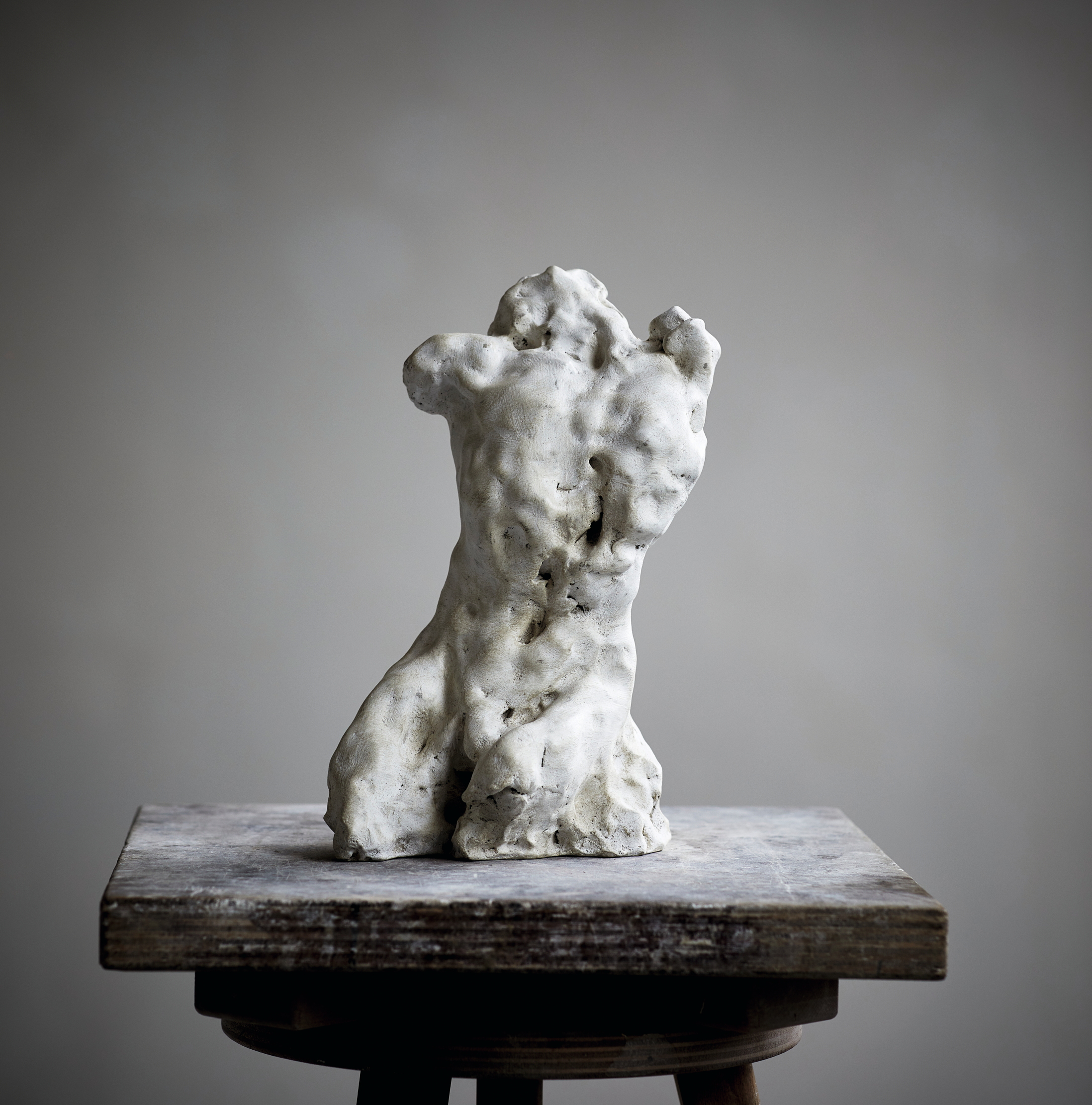
'Maybe I used the limestone too hot, maybe I used it too cold, maybe I’ve added too much water. Nobody knows.'
He has since joined forces with ETH to try to re-create terra secca, a project that will run for the next three years. In a way, this, too, marks a return to the Renaissance, when artists and scientists worked closely together or were, in the case of Leonardo da Vinci, one and the same: ‘I personally believe there is great potential in this collaboration.’ Scientific analysis, explains Christian, can identify the individual components of terra secca, but not the process with which it was made, so he has been ‘cooking up’ different recipes from a small selection of ingredients: natural clays from the Graubünden region, a pinch of river sand, a dollop of marble powder, a handful of ground bricks. Complicating the issue is that terra secca changes over time. ‘The scientists told me we need to wait at least a half a year to see the final result of each recipe.’
It has been a rollercoaster of high thrills and abject failures: ‘When I came home after discovering terra secca in Florence, I immediately wanted to find out: “Christian, is this possible or do you need to forget it?” I tried to form a little figure, but I needed to find another way of doing the armature, because you cannot use iron or wood.’ Inspiration struck and he turned to tow: ‘It worked so well,’ he exclaims — only for the finished statue to become about one-third smaller than he had anticipated. ‘Even if it shrank, I’m very proud of it.’
He has since worked out, with help from ETH researchers, that he can cut up the tow into small pieces, which he mixes with clay to form the armature, but is now facing a fresh challenge. ‘It makes cracks,’ he says of the latest recipe he has tried, which includes burnt limestone as a binder. ‘When humidity comes out, it shrinks: we need to find out how to stabilise the material, so that it will remain the same volume.’
Exquisite houses, the beauty of Nature, and how to get the most from your life, straight to your inbox.
True to Galileo’s scientific method, he tested the formula with a small amount of limestone and again with a much larger quantity — ‘and what was really frustrating is that I got the same result — always the cracks. Maybe I used the limestone too hot, maybe I used it too cold, maybe I’ve added too much water. Nobody knows’. His next step is enlisting the help of some limestone specialists to see whether they can help him figure out what might be going wrong.
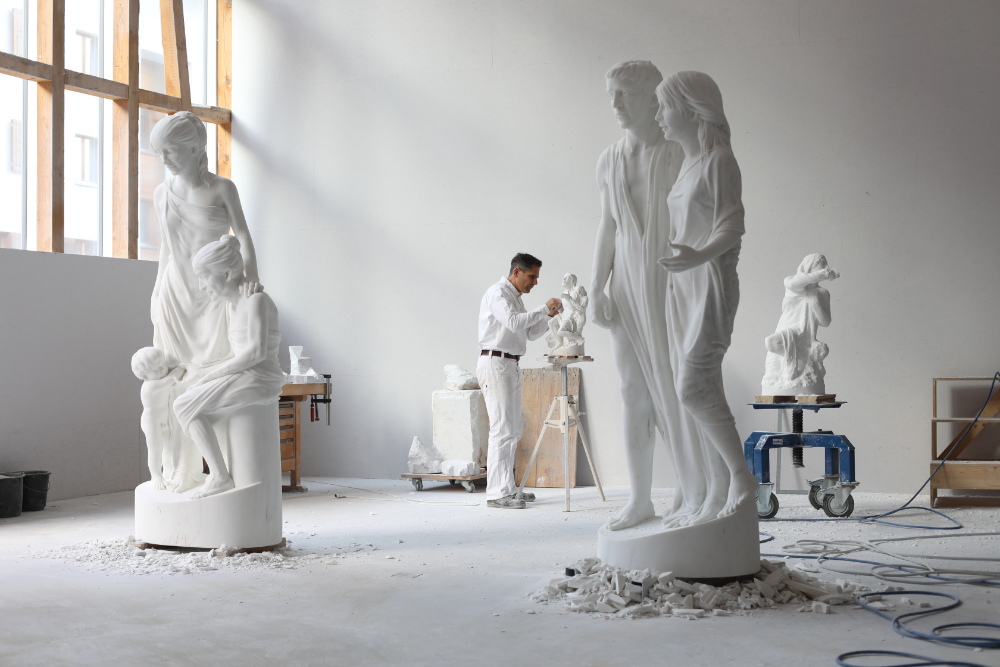
'This message, I think, is philosophically and intellectually vital. Through culture and art, we can create a new world that will be better than today.'
Even when things go pear shaped, Christian never loses the sense of excitement that comes from making new discoveries. His eyes dance and he can’t contain his smile when he says: ‘This is something no professor has ever taught me. This is something I need to do by myself, with all the trials and successes — it becomes very personal.’ An artist used to working with bronze, wood or marble (two examples of the latter are in Sir Elton John’s collection), he is also intrigued to see how his own style will evolve in response to terra secca: ‘If the material changes, your artistic language will do so, too, because the working process is different.’
For example, he explains, modelling terra secca takes much longer than standard clay. ‘With this technique, you do some work, then you need to let it dry a little bit before you can continue — it goes on for weeks, but this allows you to use different tools, which you could not have used on wet regular clay.’ He has only completed half a dozen terra-secca pieces to date, but, he says, ‘there is an art historian who knows me very well and he told me: “I could already tell the change in your way of modelling”’. The terra-secca work will be on show, together with the raw clay used to make it, in his atelier, where he’s also hosting an exhibition of paintings by Swiss artist Patrick Devonas during Klosters Music 2025, the village’s annual classical-concert festival.
Christian’s ultimate ambition is to create a life-size terra-secca statue, as well as reliefs: ‘It will take time to get to this point, but, yes, I’m very positive.’ For him, however, the project is more than ‘just’ finding a great new material. Fittingly for a man who works in the mountains — his old studio, which he has now outgrown, is a converted Alpine barn in a glade dotted with flower-embroidered chalets and fringed by forbidding peaks — this is also about the environmental crisis we face and how we approach it.
‘I was at [Europe’s] biggest open-air sculpture exhibition, the Triennale in Bad Ragatz, and more than 50% of the statues were made of plastic. I thought: “This is not possible. This is not the culture I would like to support.”’ He notes that, when artists do engage with ecological issues, it is often to raise alarm, which is of course important, but can also be demoralising.
Instead, he wants to give people hope: ‘If the recipes for terra secca work out well, the good thing is that, in time, the pieces we make with it will improve. And this message, I think, is philosophically and intellectually vital. Through culture and art, we can create a new world that will be better than today.’
Klosters Music takes place in Klosters, Switzerland, from July 26–August 3
This article originally appeared in the July 16 issue of Country Life.
Carla must be the only Italian that finds the English weather more congenial than her native country’s sunshine. An antique herself, she became Country Life’s Arts & Antiques editor in 2023 having previously covered, as a freelance journalist, heritage, conservation, history and property stories, for which she won a couple of awards. Her musical taste has never evolved past Puccini and she spends most of her time immersed in any century before the 20th.
-
 What trees taught me about perfect planting — Alan Titchmarsh
What trees taught me about perfect planting — Alan TitchmarshSense and patience is key to growing healthy trees, as a certain Mr Mackenzie showed a young Alan Titchmarsh
-
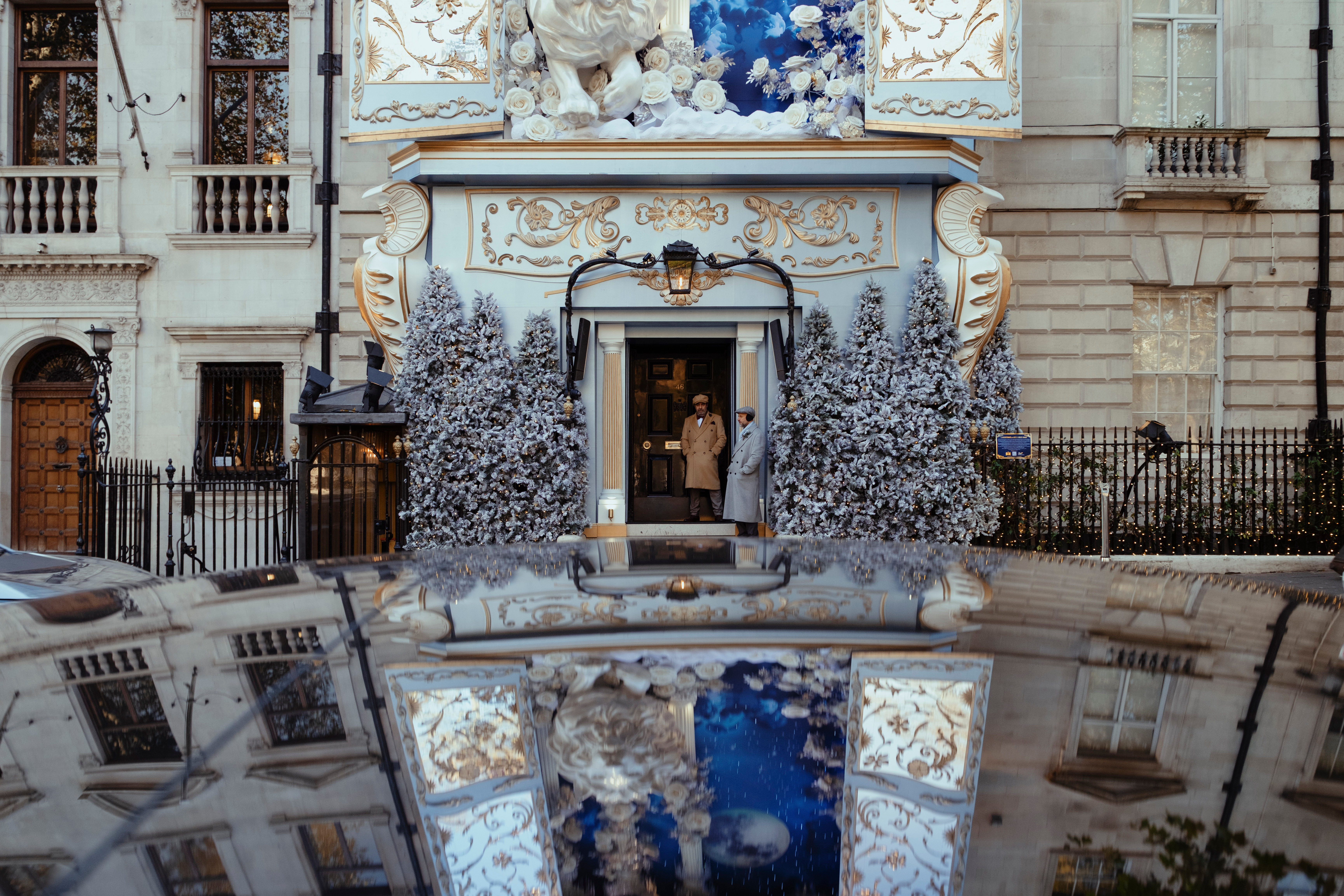 What on earth is the person who comes up with Annabel's otherworldly facade displays on? London's most magical Christmas shop displays
What on earth is the person who comes up with Annabel's otherworldly facade displays on? London's most magical Christmas shop displaysPhotographs by Greg Funnell.
-
 This machine is what happens when the Rolls-Royce of motorbikes and the most innovative of watchmakers join forces
This machine is what happens when the Rolls-Royce of motorbikes and the most innovative of watchmakers join forcesBrough Superior and Richard Mille, two brands renowned for perfection, have created something that is exactly that.
-
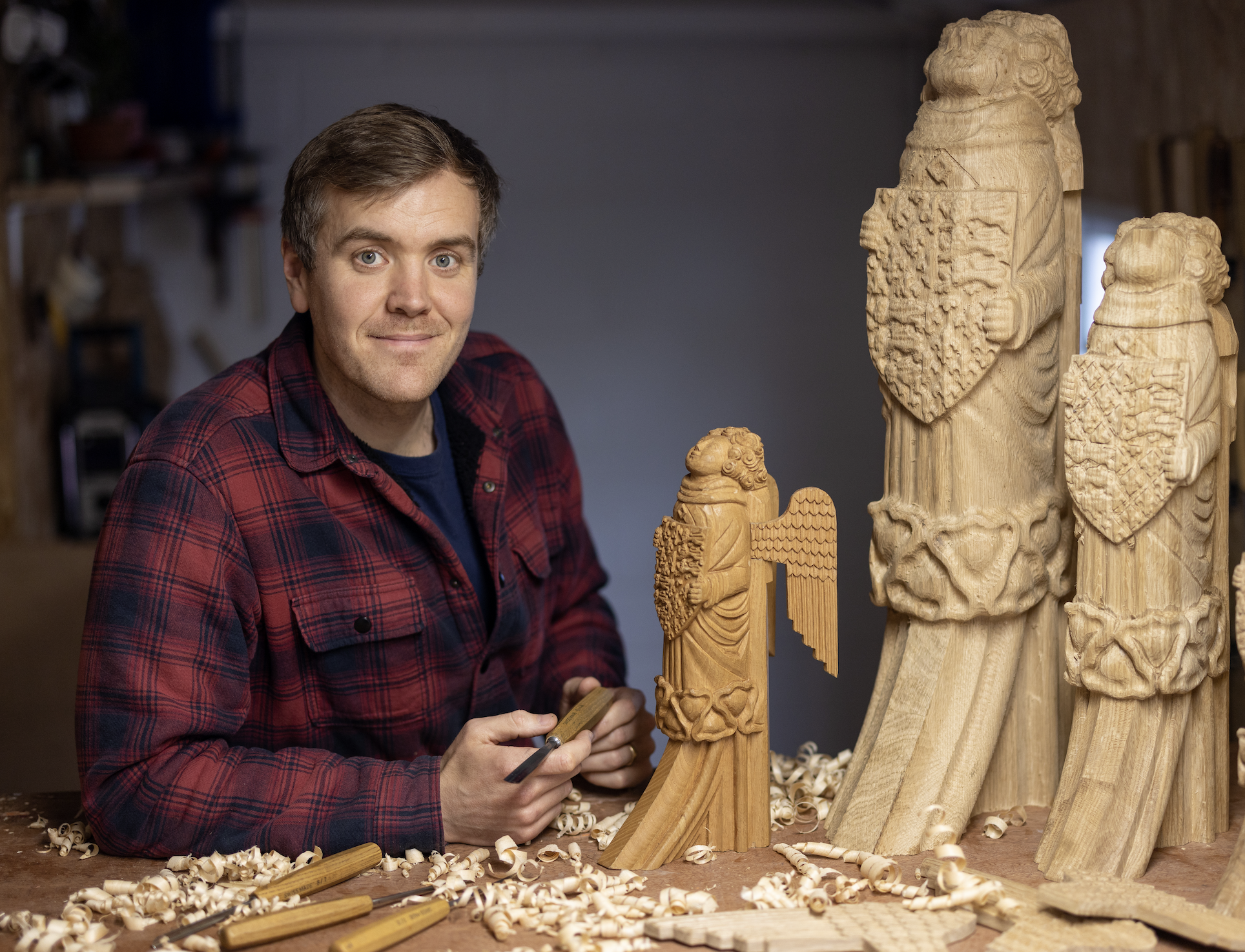 ‘Each one is different depending on what mood I’m in, how I'm feeling and how my energy is’ — meet the carver behind Westminster Hall's angel statues
‘Each one is different depending on what mood I’m in, how I'm feeling and how my energy is’ — meet the carver behind Westminster Hall's angel statuesBespoke woodcarver William Barsley makes unique scale replicas of the angels that gaze over Westminster Hall, the oldest part of the palace of Westminster.
-
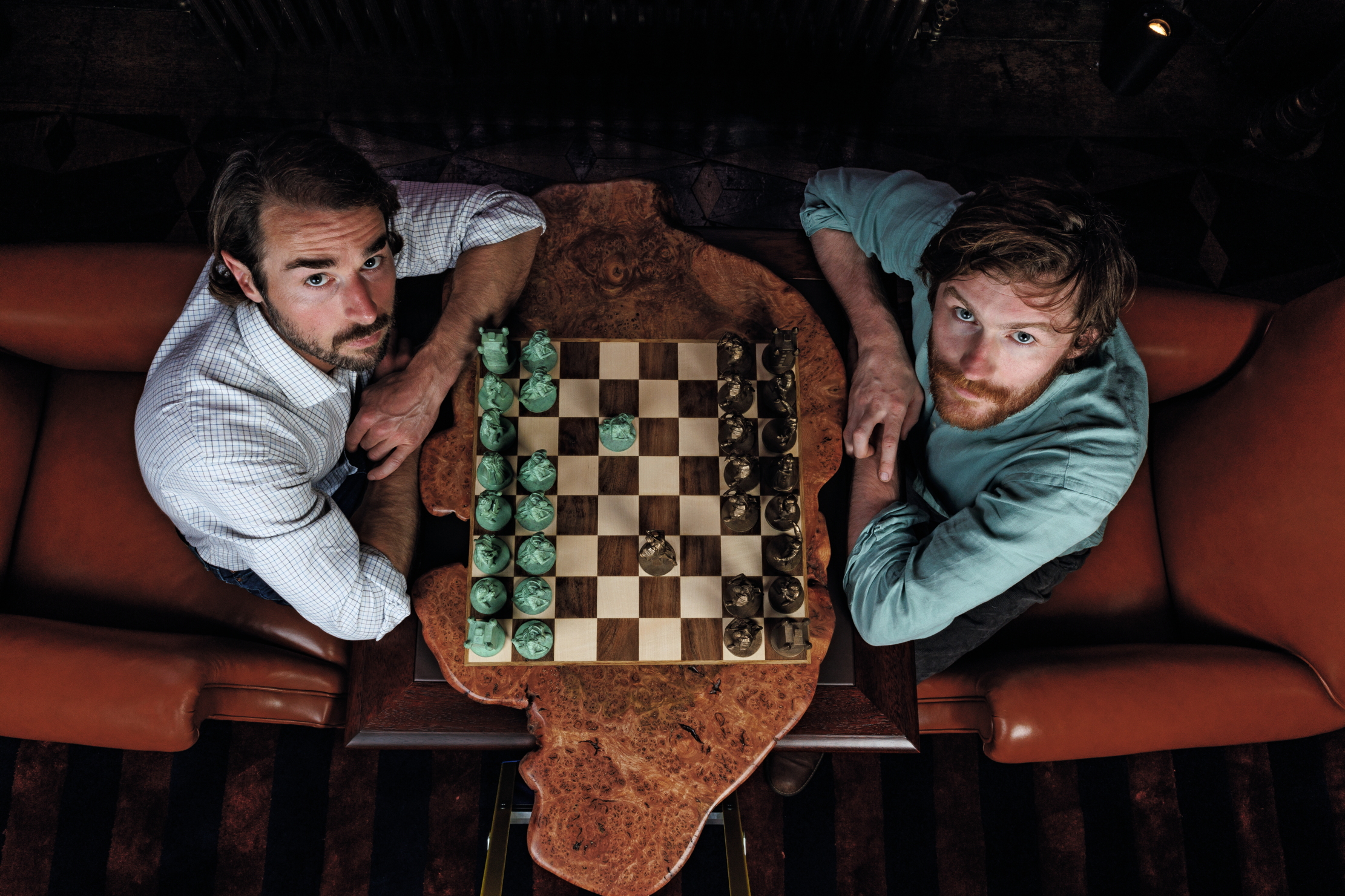 If chess is 'the supreme board game', then it deserves to be played on boards like these
If chess is 'the supreme board game', then it deserves to be played on boards like theseChess sets and backgammon boards are a familiar sight on drawing-room tables, but one expert Highland woodworker is refashioning their forms in beautiful new ways.
-
 A slick looking off-roader that's a far cry from its rustic rural roots — Volvo EX30 Cross Country
A slick looking off-roader that's a far cry from its rustic rural roots — Volvo EX30 Cross CountryThe latest iteration of Volvo's Cross Country is flashy, fast and stylish. But is that what a Volvo Cross Country is supposed to be?
-
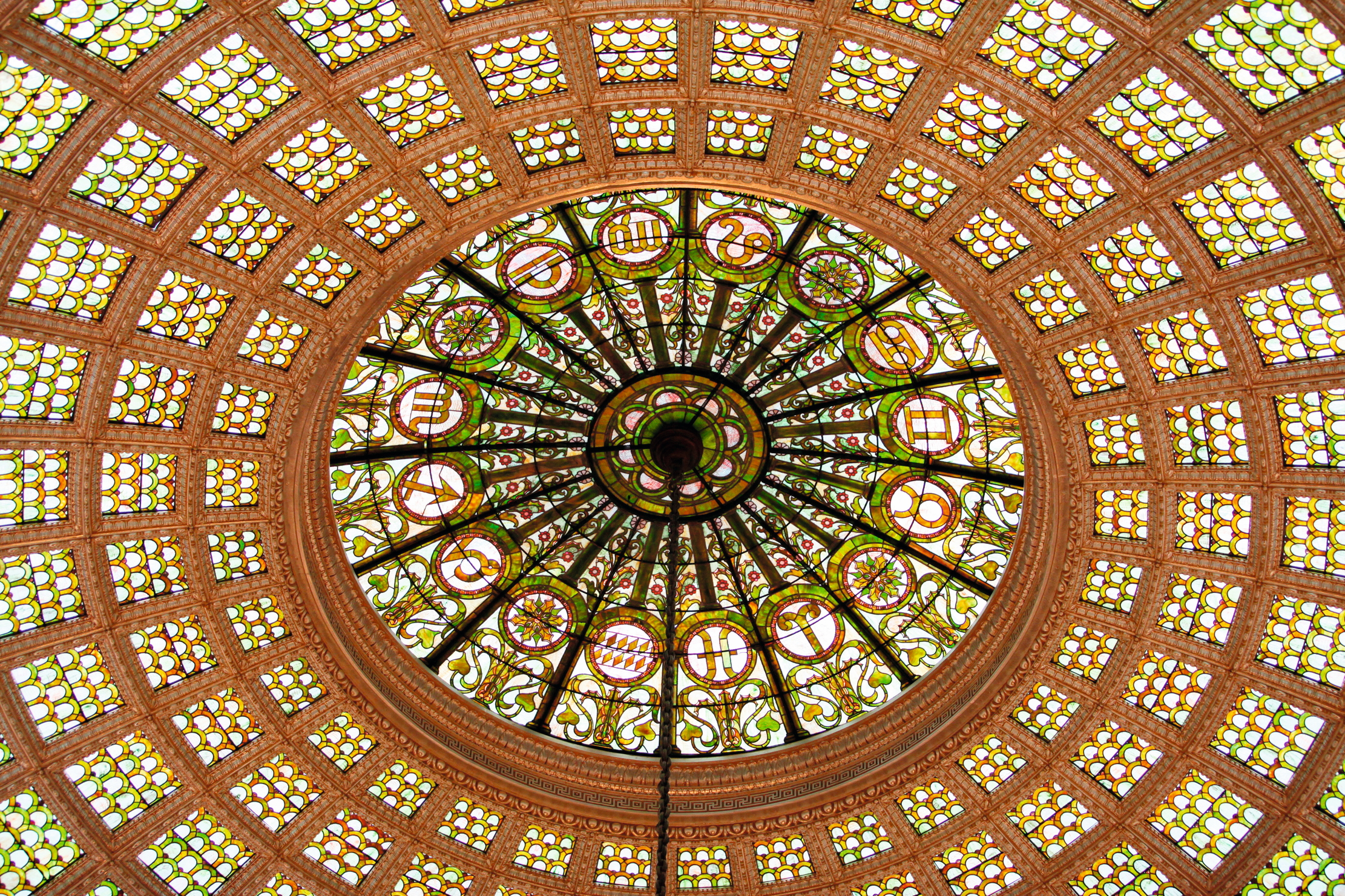 'Gems of enflamed transparencies, of bottomless blues, of congealed opals': Why glass was perfect for the elemental experimentalism of Art Nouveau
'Gems of enflamed transparencies, of bottomless blues, of congealed opals': Why glass was perfect for the elemental experimentalism of Art NouveauArt Nouveau masters such as Louis Comfort Tiffany and Émile Gallé turned the most fragile of materials into iridescent masterpieces that shimmered like seashells or glittered like Byzantine mosaics.
-
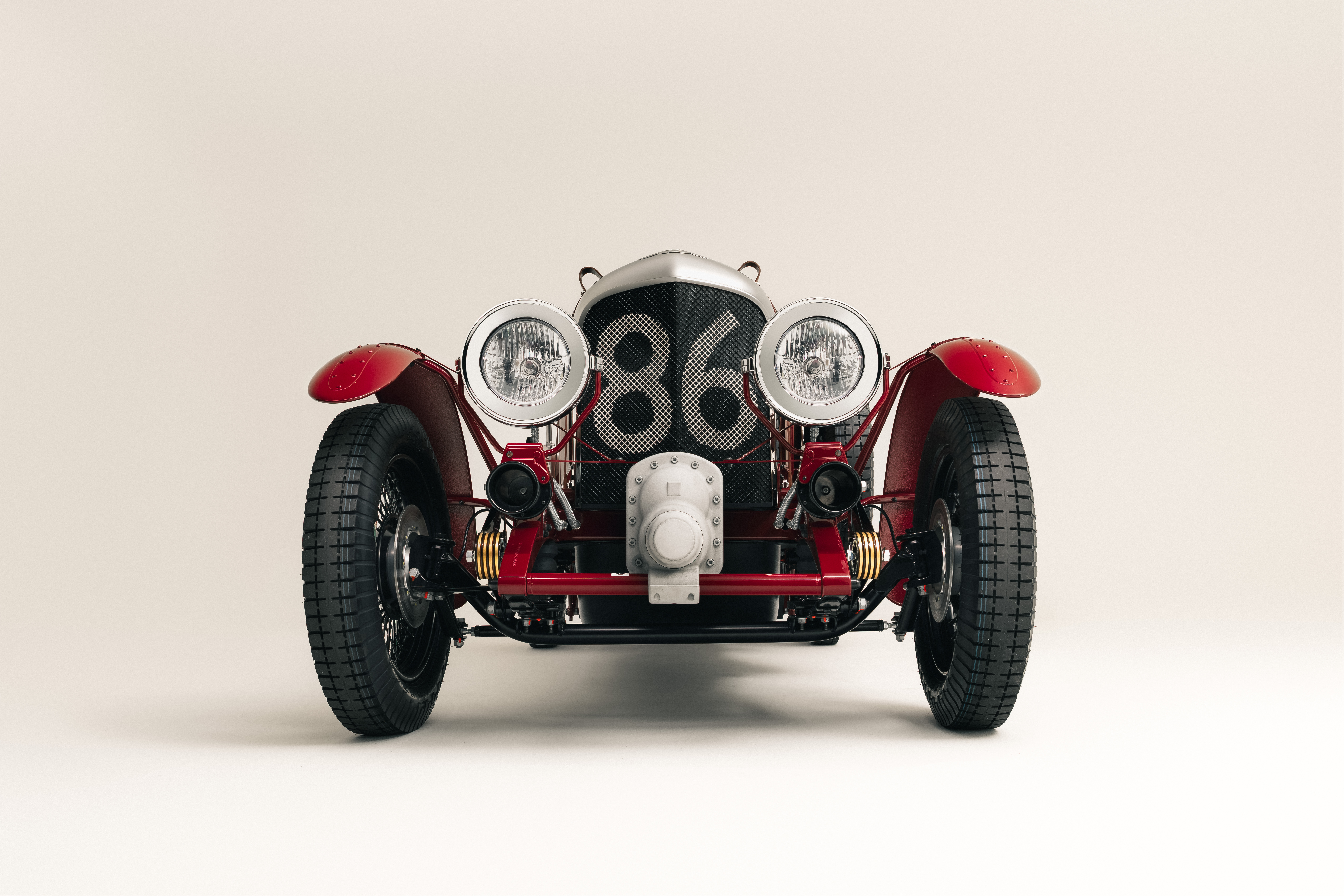 Why you absolutely need an electric Bentley Blower furnished with Russian reindeer leather
Why you absolutely need an electric Bentley Blower furnished with Russian reindeer leatherA collaboration between Hedley Studios and The King's shoemaker George Cleverley has produced something rather remarkable. Jeremy Taylor goes for a drive.
-
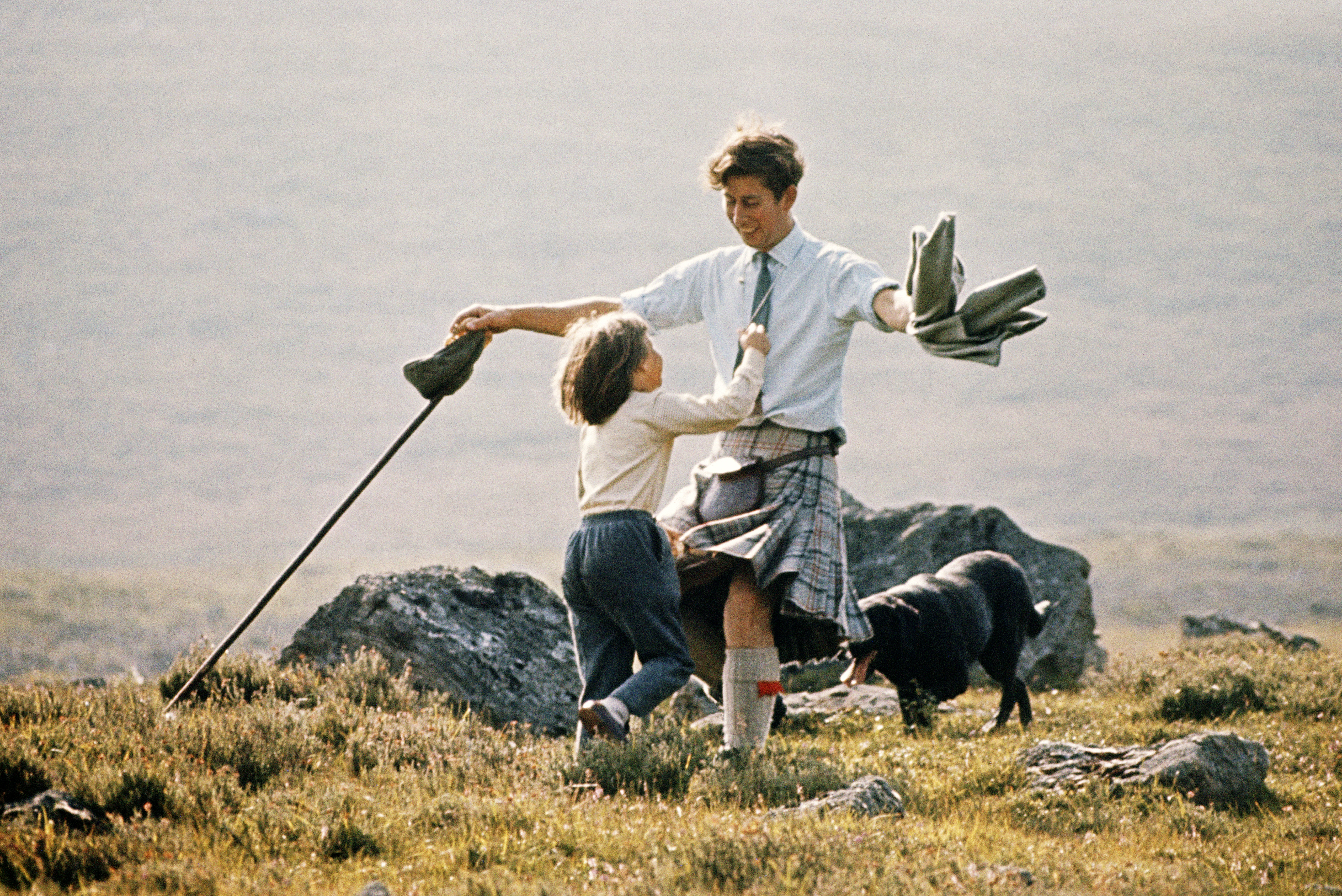 Kilt status: A history of the iconic Scottish skirt, from wartime wrap to punk protest
Kilt status: A history of the iconic Scottish skirt, from wartime wrap to punk protestEverything you need to know about the kilt — apart from what to wear underneath one.
-
 The Glovebox: Return of the Bentley Supersports, the ultimate rural Range Rover and the car collection fit for The King
The Glovebox: Return of the Bentley Supersports, the ultimate rural Range Rover and the car collection fit for The KingA century after it was the first Bentley to top 100mph, the Supersports is back and looking better than ever.
